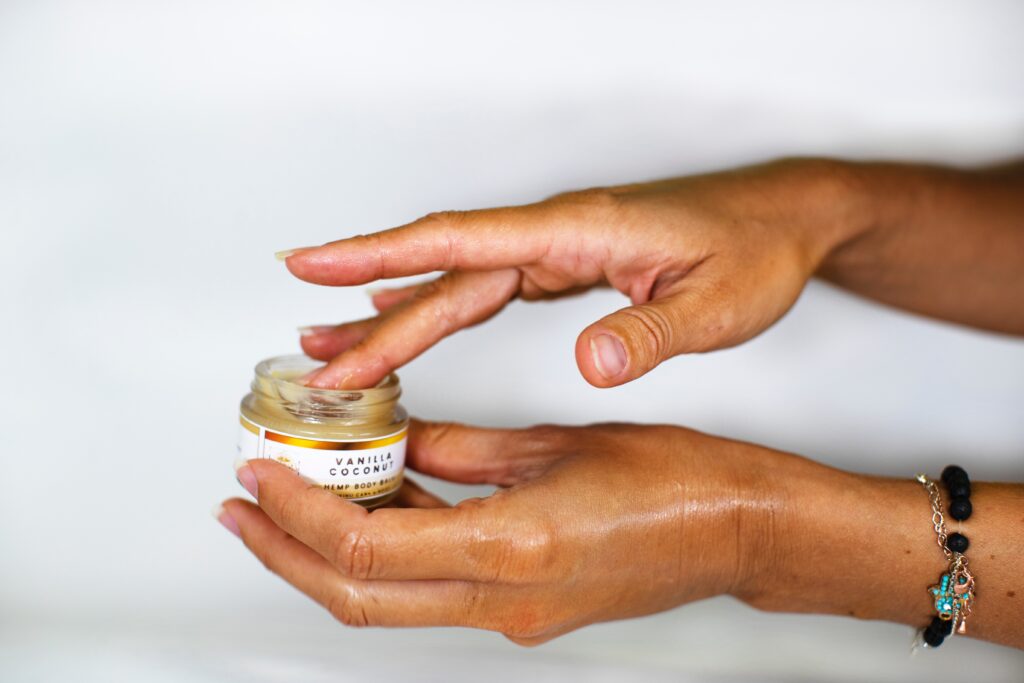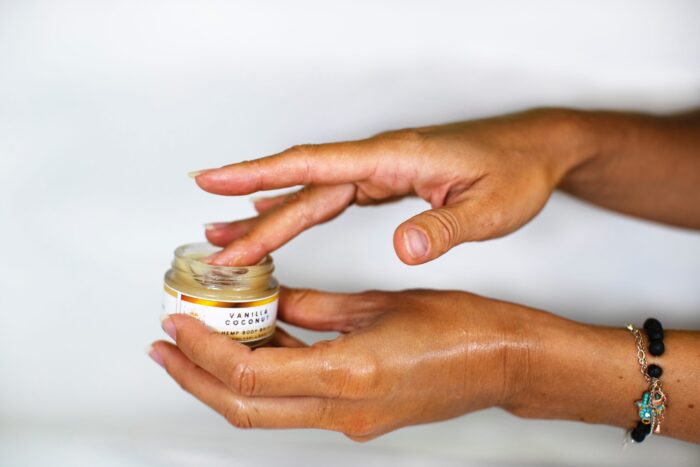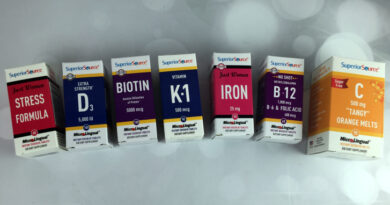
Do People Use CBD Oil for Pain Relief?
Pain, whether chronic or acute, is something that most people will experience at least once in their lifetime. Generally, doctors will prescribe opioids/prescription medication to help patients deal with pain. However, over the last decade, we have seen a huge increase in opioid addiction – sometimes resulting in death.
According to a report put out by the World Health Organization (WHO), in 2016, approximately 27 million people around the world suffered from Fentanyl Opioid addiction. With so many people risking their wellbeing, it’s hard to believe that prescription painkillers are still being prescribed in abundance. The epidemic continues to grow across the globe, and there is now a widespread effort to combat the issue.
Over the last few years, there has been an increase in people and patients who wish to avoid prescription opioids – and are therefore looking for more natural alternatives. It should, therefore, come as no surprise that many people have started to show a strong interest in using CBD oil for pain.
CBD as an Opioid Alternative
The 2018 Farm Bill had hemp-derived CBD (<0.3% THC) removed from the Controlled Substances Act, and now many people are trying it out. While there isn’t currently much clinical trial literature for the most common uses of CBD – this doesn’t stop people from giving it a try.
Many people are turning to CBD oil for pain relief as an alternative to opioids, especially in light of the current opioid crisis.
CBD has been hailed as a non-addictive alternative to harmful opioids that require using escalating doses for chronic pain management. The reason is that cannabinoids potentiate the efficacy and reduce one’s tolerance to opioids.
How Does CBD Interact with the Body?
The human body contains an endocannabinoid system (ECS) that helps regulate bodily functions, such as pain and sleep. The ECS contains receptors known as CB1 and CB2. This system consists of receptors called CB1 and CB2. CBD works with these receptors and helps to reduce the absorption rate of naturally produced pain relievers within our bodies, such as anandamide cbd.
When CBD enhances the signaling of anandamide, it increases levels in the bloodstream, and this helps to reduce pain throughout the body. Previous research has also found that CBD targets alpha-3 glycine receptors to reduce inflammation and suppress chronic pain that is associated with dysfunctional glycine receptors – an important target for pain processing.
Unlike opioids, CBD doesn’t release dopamine, the neurotransmitter that causes the body to become dependent on the sensation that it provides. Instead, CBD prolongs the efficacy of the naturally produced pain relievers. It’s very rare to build a tolerance to CBD. This means that users generally won’t have to increase their dosage over time in order to maintain the pain-relieving qualities.
Marijuanabreak provides a lot more in-depth information on how CBD works for pain management.
How People Use CBD for Pain Relief
There are multiple different ways to administer CBD into the body. The most common methods are sublingual, inhalation, ingestion, and transdermal application.
The optimal CBD dosage will depend on multiple factors, including metabolism, body weight, frequency of use, and even the quality of the CBD product you’re using. To find the most effective dosage, start with the lowest possible dose and increase gradually – until you achieve the desired pain-relieving effects.
If you’re planning to use CBD for arthritis pain, muscle spasms, or other localized areas of discomfort, it may be more beneficial to use a CBD-infused transdermal patch or some other form of a CBD topical.
A 2016 animal study on arthritis reported that transdermal application of CBD might be more effective than oral ingestion. Researchers found that CBD has limited oral bioavailability, while the transdermal administration of CBD appeared to have longer-lasting therapeutic effects.
Final Thoughts on CBD Oil for Pain Relief
In conclusion, yes, there are plenty of people who are using CBD oil for pain relief. However, more research must still be done on CBD and pain management. As regulations start to change across the globe pertaining to the use of CBD, we are hopeful that further research will be done on this natural healer.
The potential benefits of the cannabis plant are only just beginning to be understood, and there is sure to be an increase in the number of people using CBD for its beneficial effects in the years to come.








